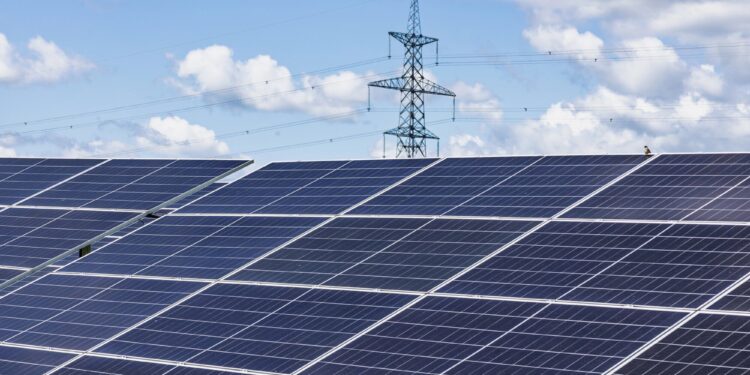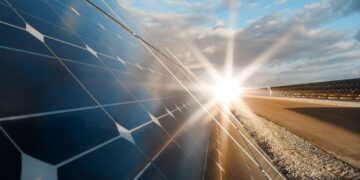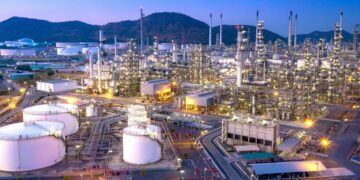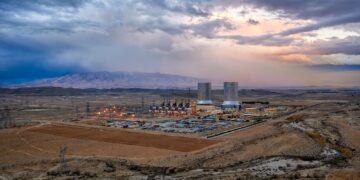Abunayyan Holding and Nextracker have agreed to form Nextracker Arabia, a joint venture aimed at accelerating solar deployment in Saudi Arabia and the wider MENA region. The new company will be based in Riyadh and focus on advanced solar tracking systems, mechanical infrastructure, and yield management and control solutions.
Nextracker Arabia will combine Abunayyan’s long-standing water and energy infrastructure expertise with Nextracker’s global leadership in solar power plant technologies. The venture covers sales, engineering, and operations, and will take ownership of Nextracker’s existing manufacturing facility in the Kingdom, according to the companies.
By localizing manufacturing and distribution, the partners aim to strengthen the regional supply chain and support Saudi Vision 2030’s industrial and clean energy objectives. Saudi Arabia targets 130 gigawatts of clean energy by 2030, with solar a key pillar, according to the joint announcement.
Regional demand is rising as costs fall and policies support renewables. MENA’s solar capacity could surpass 180 GW by 2030, with installed capacity at 24 GWac in 2024 (up 25% year over year) and projected to exceed 30 GW by year-end, according to the Middle East Solar Industry Association’s 2025 Solar Outlook Report.
The companies cite a strong track record in the region. Nextracker has supplied more than 6 GW of solar projects across the Middle East and Africa, including over 3 GW in Saudi Arabia, with notable sites such as 405 MW at Sakaka, 1.17 GW at Al Kahfah, 449 MW at Tabarjal, and 904 MW at Sudair, according to Nextracker.
Leadership appointments are expected to include Turki Al-Amri as chairman and chief executive officer, and Rajeev Kashyap as chief operating officer. Nextracker Arabia plans to launch operations in the first quarter of 2026, subject to the formation of Saudi legal entities and other closing conditions, according to the companies.
In summary, the joint venture aims to localize cutting-edge solar technology, build a resilient supply chain, and accelerate utility-scale solar growth across Saudi Arabia and the MENA region.









